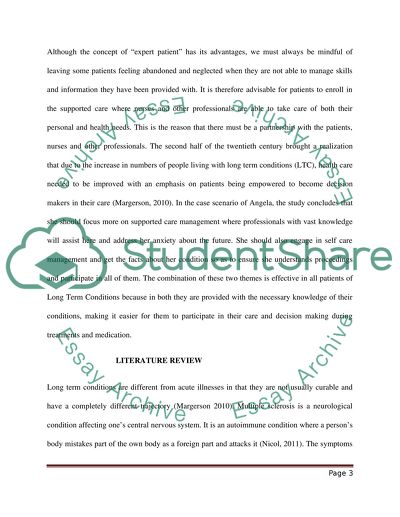Cite this document
(“Experiencing Long-term Care, Rehabilitation & Recovery (BSc Adult Essay”, n.d.)
Experiencing Long-term Care, Rehabilitation & Recovery (BSc Adult Essay. Retrieved from https://studentshare.org/nursing/1685963-experiencing-long-term-care-rehabilitation-recovery-bsc-adult-nursing
Experiencing Long-term Care, Rehabilitation & Recovery (BSc Adult Essay. Retrieved from https://studentshare.org/nursing/1685963-experiencing-long-term-care-rehabilitation-recovery-bsc-adult-nursing
(Experiencing Long-Term Care, Rehabilitation & Recovery (BSc Adult Essay)
Experiencing Long-Term Care, Rehabilitation & Recovery (BSc Adult Essay. https://studentshare.org/nursing/1685963-experiencing-long-term-care-rehabilitation-recovery-bsc-adult-nursing.
Experiencing Long-Term Care, Rehabilitation & Recovery (BSc Adult Essay. https://studentshare.org/nursing/1685963-experiencing-long-term-care-rehabilitation-recovery-bsc-adult-nursing.
“Experiencing Long-Term Care, Rehabilitation & Recovery (BSc Adult Essay”, n.d. https://studentshare.org/nursing/1685963-experiencing-long-term-care-rehabilitation-recovery-bsc-adult-nursing.


